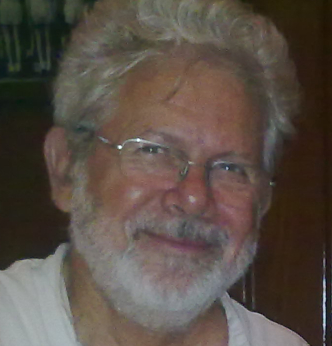This went “under my radar” for a while, I am not sure why, but anyway…
Q-manifolds
Recall that a Q-manifold is a supermanifold \(M\) equipped with a homological vector field, that is an odd vector field \(Q\) such that \([Q,Q]=2 Q^{2}=0\).
The algebra of functions \(C^{\infty}(M)\) is thus a supercommutative differential algebra. The product of two functions is again a function and importantly this is supercommutative:
\(f g = (-1)^{\widetilde{f} \widetilde{g} } g f\),
where I denote the Grassmann parity of a homogeneous function by the “tilde”. Just as on a classical manifold, the product of two functions is associative:
\(f(gh) = (fg)h\),
for all functions f,g,h. Also important is that the product itself does not carry any Grassmann parity, thus
\(\widetilde{fg} = \widetilde{f} + \widetilde{g}\).
The prime example here is to take \(M = \Pi TN\) where \(N\) is a classical manifold. The functions \(C^{\infty}(\Pi TM)\) are identified with (pseudo)differential forms and the homological vector field is just the de Rham differential.
The derived product
Definition Let \((M,Q)\) be a Q-manifold. Then the derived product on \(C^{\infty}(M)\) is defined as
\(f \ast g = (-1)^{\widetilde{f}+1} Q(f)g\).
Some comments are in order.
- The derived product is Grassmann odd, \(\widetilde{f\ast g} = \widetilde{f} + \widetilde{g}+1\)
- The derived product is clearly not supercommutative
Remark One can consider a derived product on any differential algebra, one does not need the supercommutivity, but as I am interested in supergeometry the definition here suits well.
Right away the derived product seems a strange beast, it carries Grassmann parity itself. Being noncommutative is also interesting, but we are used to noncommutative forms of multiplication.
Theorem The derived product is associative.
Proof Explicitly
\(f \ast (g \ast h) = (-1)^{\widetilde{f} + \widetilde{g}} Q(f)Q(g)h\).
Now consider
\((f \ast g)\ast h = (-1)^{\widetilde{f} + \widetilde{g}}Q ((-1)^{\widetilde{f}+1}Q(f)g )h\).
Using the fact that \(Q\) is homological, that is odd and squares to zero we get
\((f \ast g)\ast h =(-1)^{\widetilde{f} + \widetilde{g}} Q(f)Q(g) h\).
QED
Theorem \(f \ast g = (-1)^{(\widetilde{f}+1)(\widetilde{g}+1)} g \ast f + (-1)^{\widetilde{f}+1}Q(fg)\).
Proof Left as an exercise for the readers.
The above theorem shows very explicitly that the derived product is not supercommutative. It is however antisymmetric if and only if \(Q(fg)=0\).
Where has this come from?
As far as I am aware, the notion of a derived product can be found in the work of Loday;
J.L. Loday. Dialgebras. In Dialgebras and related operads, 7-66, Lecture Notes in Math., 1763, Springer, Berlin 2001.

Jean-Louis Loday,
(12 January 1946 – 6 June 2012)
Concluding remarks
We have a kind of noncommutative deformation of the algebra of functions on a Q-manifold via the derived product. This “new product” carries Grassman parity and is associative, it is closer to the standard notion of a product than say a Lie algebra.
I am sure there is lots more to say about derived products, but this is something I am only just beginning to explore. Watch this space…
